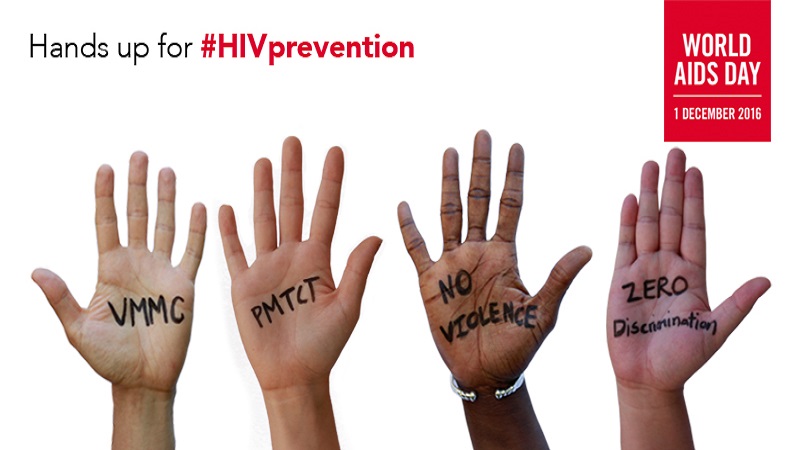The international theme of World AIDS Day 2016 is “Hands Up for HIV Prevention.” According to the AIDS by the numbers 2016 report from UNAIDS, 1.1 million people worldwide died of AIDS-related illnesses in 2015. By the end of 2015, an estimated 36.7 million people around the world were living with HIV.
At its 37th meeting, the UNAIDS Programme Coordinating Board adopted a new strategy to end the AIDS epidemic as a public health threat by 2030. The UNAIDS 2016–2021 Strategy is one of the first in the United Nations system to be aligned to the Sustainable Development Goals, which set the framework for global development policy over the next 15 years, including ending the AIDS epidemic by 2030.
The global AIDS response has been transformed in the past 15 years. The goal of providing 15 million people with access to life-saving HIV treatment by 2015 has been reached. Additionally, UNAIDS estimates that from 2002 to 2012, expanded access to HIV treatment averted 4.2 million deaths globally and contributed to a 58% reduction in new HIV infections.
However, many of the obstacles that impeded effective HIV prevention and treatment programs in 2000 still exist today. Over 60% of people living with HIV remain without antiretroviral therapy and investments in HIV prevention research appear to have flattened.



